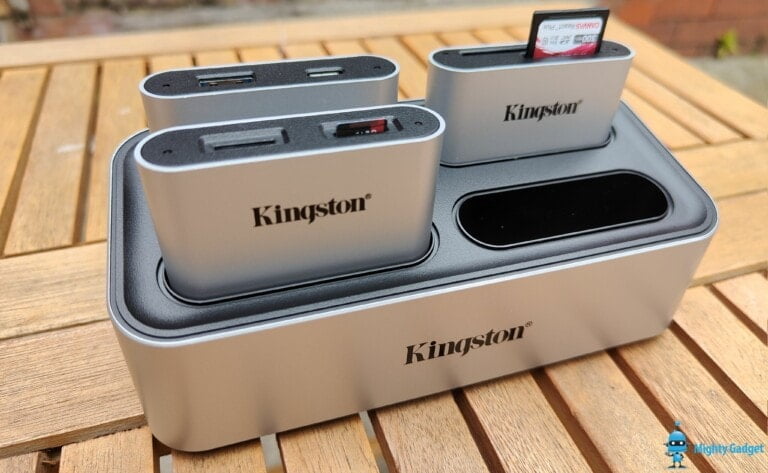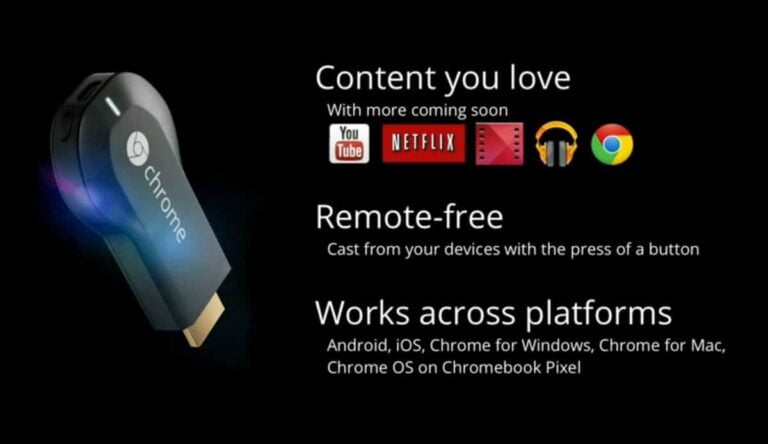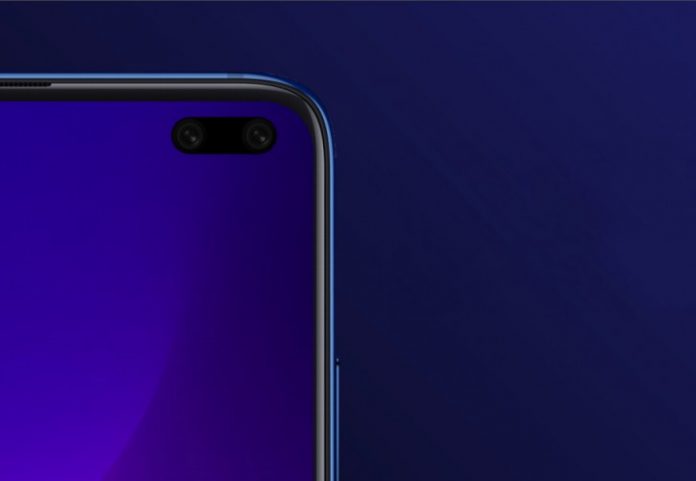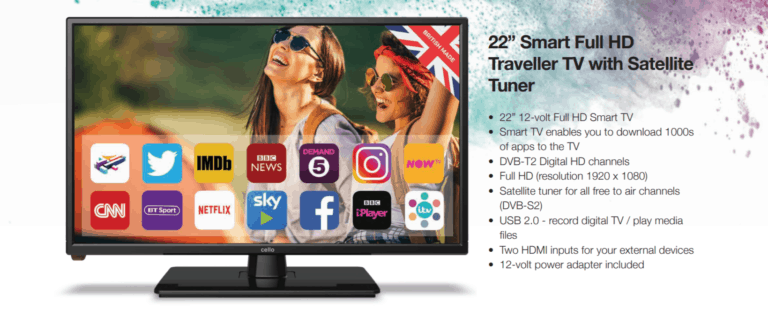Any links to online stores should be assumed to be affiliates. The company or PR agency provides all or most review samples. They have no control over my content, and I provide my honest opinion.
Today, Xiaomi affordable sub-brand launched their latest two phones, the POCO F3 and POCO X3 Pro.
Xiaomi likes to capitalise POCO, but I can’t cope with writing that in an entire article, so from now on, it is Poco.
Xiaomi Poco F3 vs Xiaomi Redmi K40
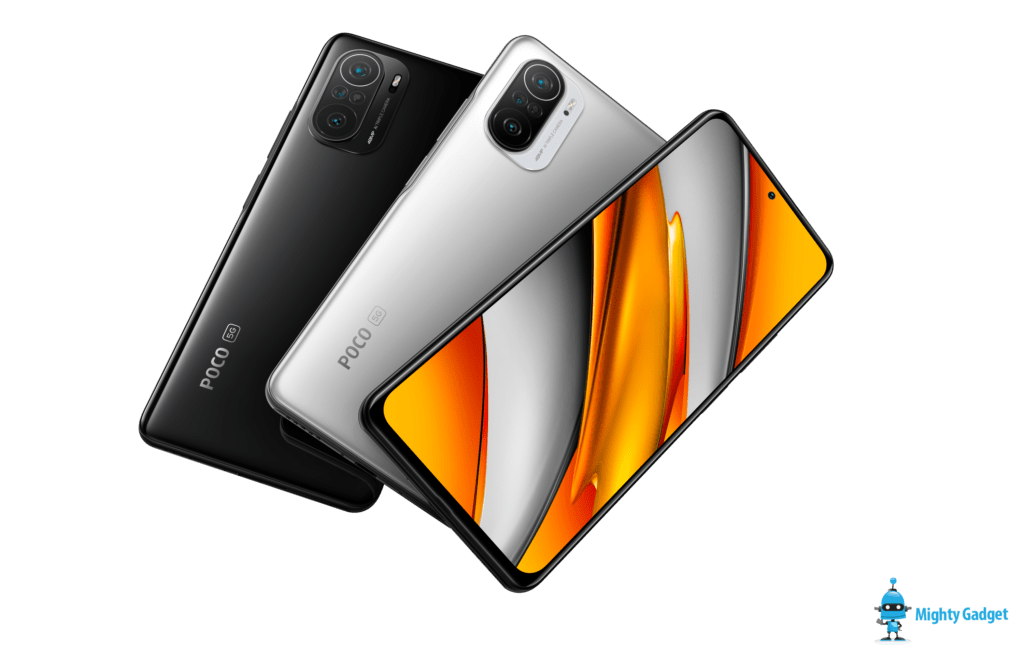
First up, and the stand out option from the two new devices is the, however, it has technically already been launched under the name Redmi K40.
The Redmi K40 was launched in February with an official release on the 4th of March. The base model launched for CNY 1999 or £221 (UK price is higher).
Poco F3 vs Poco X3 Pro – Kinda the same but not
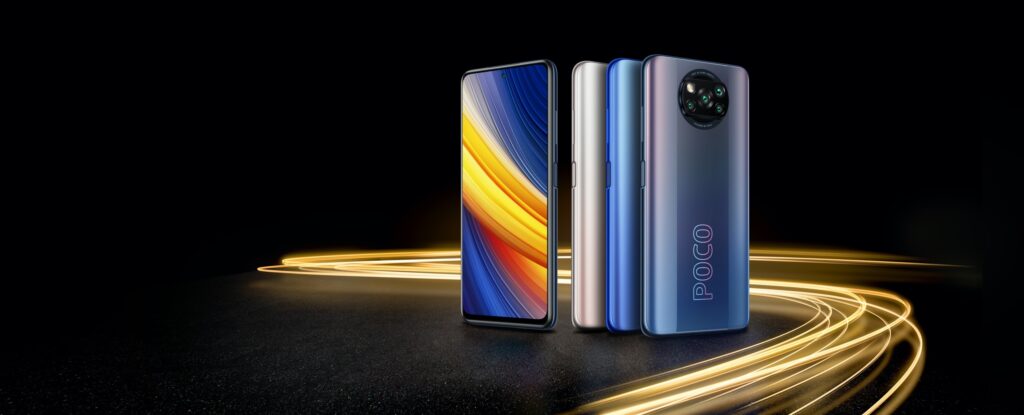
The naming convention of these phones seems a little off because they feel like they should be under the same model series with one being Pro and the other standard.
Display
Anyway, both phones have the same display size, 2400×1080 FHD+ resolution and 120Hz refresh size.
The Poco F3 uses a superior AMOLED panel with a 900nit typical brightness and 1300nit peak. It also has a higher 360Mhz touch sampling rate.
The more affordable X3 Pro used LCD with 240Hz touch sampling rate with 450nits typical brightness.
The F3 has slightly different overall dimensions and weight, being thinner and lighter.
Oddly, the Poco F3 lacks an in-display fingerprint scanner, instead, using a side-mounted one the same as the Poco X3 Pro.
Chipset & 5G/Connectivity – Poco X3 Pro is 4G only
One of the biggest differences is that the Poco F3 uses the Qualcomm Snapdragon 870 while the Poco F3 uses the Snapdragon 860.
The Qualcomm Snapdragon 870 is essentially the same as the SD865+ with a few minor tweaks but importantly, it offers 5G connectivity. This is likely because all SD865 phones had the Qualcomm X55 modem as standard, even though it was an external modem.
The Poco X3 Pro, on the other hand, uses the new Qualcomm Snapdragon 860, which is literally identical to the Qualcomm Snapdragon 855+. However, with that chipset, it was optional to include the X50 5G modem, so in this case, the Snapdragon 860 does not have it and the X3 Pro is therefore 4G only.
Camera – Downgrade from the Poco X3 NFC?
Both phones use the same 20MP in-display camera front-facing camera.
On the rear the Poco X3 Pro retains the same camera design as the Poco X3 with the sensors mounted in a circle on the centre of the phone.
By all accounts, it would seem that the Poco X3 Pro has had the camera downgraded from the superb Poco X3 NFC. The older phone had:
- 64 MP Sony IMX682, f/1.9, (wide), 1/1.73″, 0.8µm, PDAF
- 13 MP, f/2.2, 119˚ (ultrawide), 1.0µm
- 2 MP, f/2.4, (macro)
- 2 MP, f/2.4, (depth)
Both the X3 Pro and F3 have a 48MP main sensor that has a 1/2 “sensor size; they then share the same 8MP ultrawide.
The X3 Pro then has a 2MP depth sensor + 2MP macro, while the F3 has a 5MP telephoto lens.
Battery
The Poco X3 Pro retains the same massive 5160mAh battery with 33W charging that the X3 NFC had.
Annoyingly, the F3 has a smaller battery with 4520mAh and 33W
Price and Availability of Poco F3 and X30 Pro
POCO F3 comes in three colours, Arctic White, Night Black and Deep Ocean Blue, with two storage variants – 6GB+128GB and 8GB+256GB – retailing in the UK for £329 and £349 respectively.
£329 for a phone that has flagship specs of a 2020 is an absolute bargain, and there is little need for anyone to buy anything else unless you need a decent camera.
Poco X3 Pro comes in three colours Phantom Black, Frost Blue, Metal Bronze with two storage variants – 6GB+128GB and 8GB+256GB – retailing in the UK for £199 and £249, respectively.
At £199 it is an incredible buy.
Both phones will be on Amazon and po.co/uk
Overall
Both of these new Poco phones have launched at exceptionally good prices.
The X3 Pro offers an insane amount of performance for under £200. Then the F3 is almost as good as most flagship phones from last year (except the camera).
I am quite excited about the Poco F3, it ticks a lot of boxes for me. With covid limiting travel and other fun things for the foreseeable future, I am not sure if it is worth spending big money on a flagship device when I can’t use it to its full potential (I am still tempted with the OP9 Pro, though).
I am a big fan of AMOLED displays, and the use of LCD in affordable phones is what puts me off committing to them. The SD870 should offer more than enough performance for most peoples needs. The SD888 is fantastic, but its power-hungry and I don’t really need that much processing power.
I am a little disappointed that the camera isn’t the 64 MP Sony IMX682 that was used on the X3 NFC, and I would have liked an in-display fingerprint sensory and larger battery. The latter two points are not a massive problem, but the camera could be a stumbling block for this being the perfect affordable flagship-like phone.
The F3 is impressive enough that there is a good chance I will commit to this phone for my personal device for the year; though if the OnePlus 9 Pro is not a rip-off, that is a strong contender too.
Xiaomi POCO F3 vs POCO X3 Pro Specficication Compared
| POCO F3 | POCO X3 Pro | |
| Display | 6.67“ AMOLED, ultra-tiny DotDisplay | 6.67″ FHD+ LCD DotDisplay |
| 2400×1080 FHD+ | 2400×1080 FHD+ | |
| 120Hz refresh rate, 360Hz touch sampling rate | 120Hz refresh rate | |
| Contrast ratio: 5000000:1 | 240Hz touch sampling rate | |
| Brightness: 900 nits (typ), 1300 nits (peak) | DynamicSwitch | |
| True Color | Contrast ratio: 1500:1 | |
| True Display | Brightness: 450 nits (typ) | |
| HDR10+ | Sunlight display | |
| MEMC (Motion Estimation and Motion Compensation) | Reading mode 2.0 | |
| Sunlight display 3.0 | HDR10 | |
| 360° Ambient Light Sensor | ||
| E4 material | ||
| Body | Arctic White, Night Black, Deep Ocean Blue | Phantom Black, Frost Blue, Metal Bronze |
| Corning®️ Gorilla® Glass 5 front and back | Corning® Gorilla® Glass 6 front | |
| 2.5D glass front, 3D curved back | ||
| Dimensions | 163.7mm x 76.4mm x 7.8mm, 196g | 165.3mm x 76.8mm x 9.4mm, 215g |
| Bands | 2G: GSM: 850 900 1800 1900MHz | 2G: GSM: 850 900 1800 1900MHz |
| 3G: WCDMA: 1/2/4/5/8 | 3G: WCDMA: B1/2/4/5/8 | |
| 4G: LTE FDD: 1/2/3/4/5/7/8/12/17/20/28/66 | 4G: LTE FDD: B1/2/3/4/5/7/8/20/28 | |
| 4G: LTE TDD: 38/40/41 | 4G: TDD-LTE: B38/40/41 | |
| 5G*: n1/n3/n5/n7/n8/n20/n28/n38/n41/n77/n78 | ||
| Performance | Qualcomm Snapdragon 870 Mobile Platform | Qualcomm Snapdragon 860 Mobile Platform |
| 7nm process technology | 7nm process technology | |
| Qualcomm Kryo 585 octa-core CPU, up to 3.2GHz 1 x2.96GHz Cortex A76 3 x 2.42GHz Cortex A76 4 x 1.80GHz Cortex A55 | Qualcomm Kryo 485 octa-core CPU, up to 2.96GHz 1 x 3.2GHz Cortex A77 3 x 2.40GHz Cortex A77 4 x 1.80GHz Cortex A55 | |
| Qualcomm Adreno 650 GPU | Qualcomm Adreno 640 GPU | |
| Storage | LPDDR5 + UFS 3.1 | LPDDR4X + UFS 3.1 |
| Heat dissipation | LiquidCool Technology 1.0 Plus | |
| D5 copper heat pipe + multi-layer graphite | ||
| Rear camera | 48MP main camera | 48MP main camera |
| – 1/2″ sensor size, 1.6μm 4-in-1 large pixel | – 1/2“ sensor size, 1.6μm 4-in-1 large pixel | |
| – f/1.79, 6P lens, AF | – f/1.79, 6P lens, AF | |
| 8MP ultra-wide camera | 8MP ultra-wide camera | |
| – f/2.2, FOV 119° | – f/2.2, FOV 119° | |
| 5MP telemacro camera | 2MP macro camera | |
| – f/2.4, AF (3cm-7cm) | – f/2.4, FF (4cm) | |
| 2MP depth sensor | ||
| – f/2.4, FF | ||
| Front camera | 20MP in-display camera | 20MP in-display camera |
| Connectivity | Multi-functional NFC | Multi-functional NFC |
| IR blaster | IR blaster | |
| Bluetooth 5.1 | Bluetooth 5.0 | |
| Wi-Fi 6 | Wi-Fi 6 | |
| 5G | Dual SIM, Dual 4G standby | |
| Unlock | Side-mounted fingerprint sensor | Side-mounted fingerprint sensor |
| Face unlock | Face unlock | |
| Charging | 4520mAh (typ) battery | 5160mAh (typ) battery |
| 33W in-box fast charger, 52 mins*** to 100% | 33W in-box fast charger | |
| USB-C | USB-C | |
| Audio | Dolby Atmos®** | Dual speakers |
| Dual speakers | High-res audio certified | |
| Hi-Res Audio | 3.5mm headphone jack | |
| Hi-Res Audio Wireless certified | ||
| Motor | X-axis linear motor | Z-axis linear motor |
| System | MIUI 12 for POCO based on Android 11 | MIUI 12 for POCO based on Android 11 |
| Storage | 6GB+128GB and 8GB+256GB | 6GB+128GB and 8GB+256GB |
I am James, a UK-based tech enthusiast and the Editor and Owner of Mighty Gadget, which I’ve proudly run since 2007. Passionate about all things technology, my expertise spans from computers and networking to mobile, wearables, and smart home devices.
As a fitness fanatic who loves running and cycling, I also have a keen interest in fitness-related technology, and I take every opportunity to cover this niche on my blog. My diverse interests allow me to bring a unique perspective to tech blogging, merging lifestyle, fitness, and the latest tech trends.
In my academic pursuits, I earned a BSc in Information Systems Design from UCLAN, before advancing my learning with a Master’s Degree in Computing. This advanced study also included Cisco CCNA accreditation, further demonstrating my commitment to understanding and staying ahead of the technology curve.
I’m proud to share that Vuelio has consistently ranked Mighty Gadget as one of the top technology blogs in the UK. With my dedication to technology and drive to share my insights, I aim to continue providing my readers with engaging and informative content.


